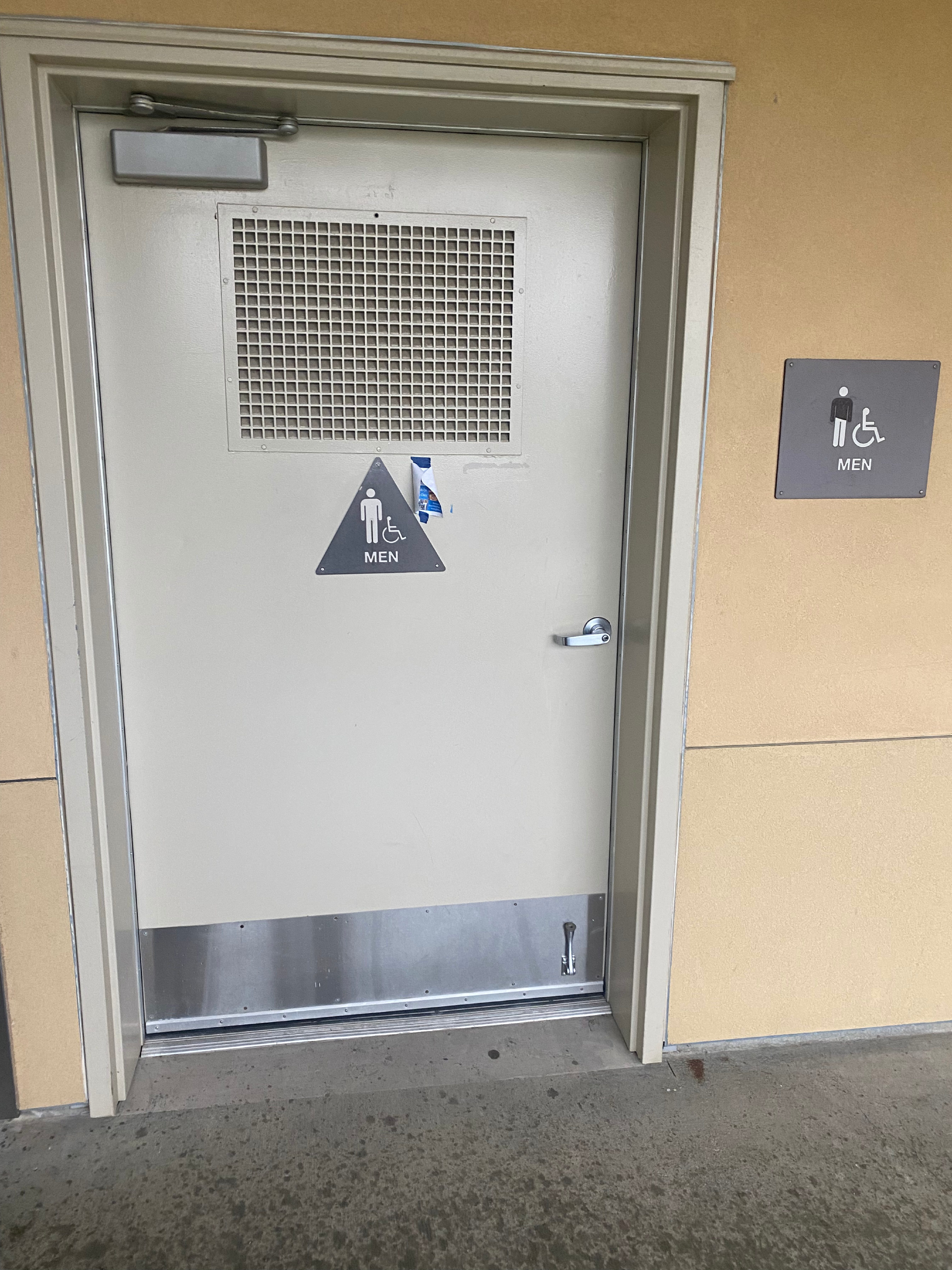The Trek of an Immigrant
Eagle time: Mar 11, 2017
America, as a nation, has a dream — a dream that a person of any socioeconomic status, race, gender or religion can climb the economic ladder with the aid of grit and perseverance. However, the journey to achieve that dream as an immigrant is an arduous one. A myriad of statistics exist, however, mere data cannot capture the full story. The story exists in the people, and one told by a teacher at Vista del Lago High School presents a unique outlook of immigrating to the United States.
Emilio Gasca is a part of the immense and incredibly diverse group of immigrants in the United States. His story is both universal to the voices of immigrants around the world and unique to his own personal journey.
At 15 years old, Gasca and his family left his hometown of Las Jicamas, Guanajuato, Mexico to move to the United States on Feb. 14, 2005. Similar to many other immigrants, they moved in order to find a home with better opportunities. Before Gasca’s entire family moved, his father had already traveled to the United States for 30-40 years to work on the vast strawberry fields of California.
Las Jicamas was a picturesque little town with a rich cultural background and familiar neighbors. Gasca’s new home of Watsonville, Calif., was vast and highly populated, making the transition even more difficult.
“It was a small town and there was only one class, so from 1st grade all the way to what would be 9th grade here, I had the same four friends, and when I came, I just left them,” said Gasca. “It was a little bit sad because we have known each other since we were 4 years old.” He left a life and childhood he loved behind.
For his first summer in the United States, Gasca worked ceaselessly on the strawberry and raspberry fields from February into the summer without attending school.
Back-breaking work under the scalding sun and lingering homesickness were not the most difficult parts of his new life in America–it was learning to connect with others. Gasca was soon exposed to differences in culture when he started attending Watsonville High School and realized the difficulty of interacting with his peers.
“At first I thought [the hardest part of moving to the United States] was the language, but once I spent a couple of weeks here it was clear it was the culture. Culture was the most difficult thing to get accustomed to,” said Gasca. “At first you try to fit in to have peeps to kick with…you have to live a double life, one with your peeps and one with your parents.”
During his years in high school, Gasca attempted to fit in by conforming to the cultures of others. He took his attempts further by acting as a distinctly different person. “I tried faking it, but then I got tired of faking it. At least for me, when I try to fake something, I don’t last long and then my true colors show…” said Gasca. He described the struggle of immigrants to find a niche of understanding and a medium between their own culture along with the culture of those around them.
Fortunately, Gasca found that niche of acceptance in two of his classes, English and math, which were both specialized for English learners. In these classes, Gasca was able to connect with others of a similar background and situation. He still talks to a friend he met during those classes to this day.
“I remember my English class which was for English learners and everybody there had the same background,” said Gasca. “There were people that I could relate to and that was the highlight of the day really. And after that, it was history, biology… Another class that was really fun was math class because they had this thing called SDAE math…it’s a class specialized towards English learners so they also spoke Spanish… those were the two classes that helped me get through the first year really.”
However, school was not an excuse for less work in Gasca’s family. Even with school and learning a new language, Gasca applied for jobs at his school including being a janitor and health assistant. Unlike many adolescents today, Gasca found these jobs significantly easier in comparison to working in the fields under the sweltering sun. Unfortunately, a fusion of school and work left limited time for friends.
“I had no time to go and hang out with friends outside of school,” said Gasca. “I would get out of school at 3:00 PM and start working at 3:30 PM and get out at 6:00 PM and do my homework and the day is gone. And then on the weekend, I would have to go work with my dad, come back from the fields, all tired. Then Sunday, it’s chore day.”
Gasca soon realized the many aspects his parents gave up to bring their family to the United States. After weeks of strenuous work hours, Gasca refused to conform to this lifestyle. Soon, he became more motivated in school.
“My behavior wasn’t very good back when I was a little kid in my hometown and in the beginning here. But once I started working…and seeing how much my parents have done…and work their whole lives…I started applying myself in school, I started getting good grades and learned English…I just wanted something that’s not on the fields with the heat,” said Gasca.
“Now I work here so now I have a house of my own, now I have a family. My elder brothers…also have their own home,” said Gasca. Gasca is currently a math and engineering teacher at Vista. Despite the adversity Gasca faced when moving to a new country, his persistence led him to achieve a better life and further opportunities in the United States.
Similar to other immigrants, Gasca’s experience has been life-changing. While integrating into American culture, he faced a constant relay of struggles. He persevered until he achieved his aspirations.
Gasca’s story is the reality of people not born in America — those who look to the dream and fight to achieve it. This is the trek of an immigrant.









































